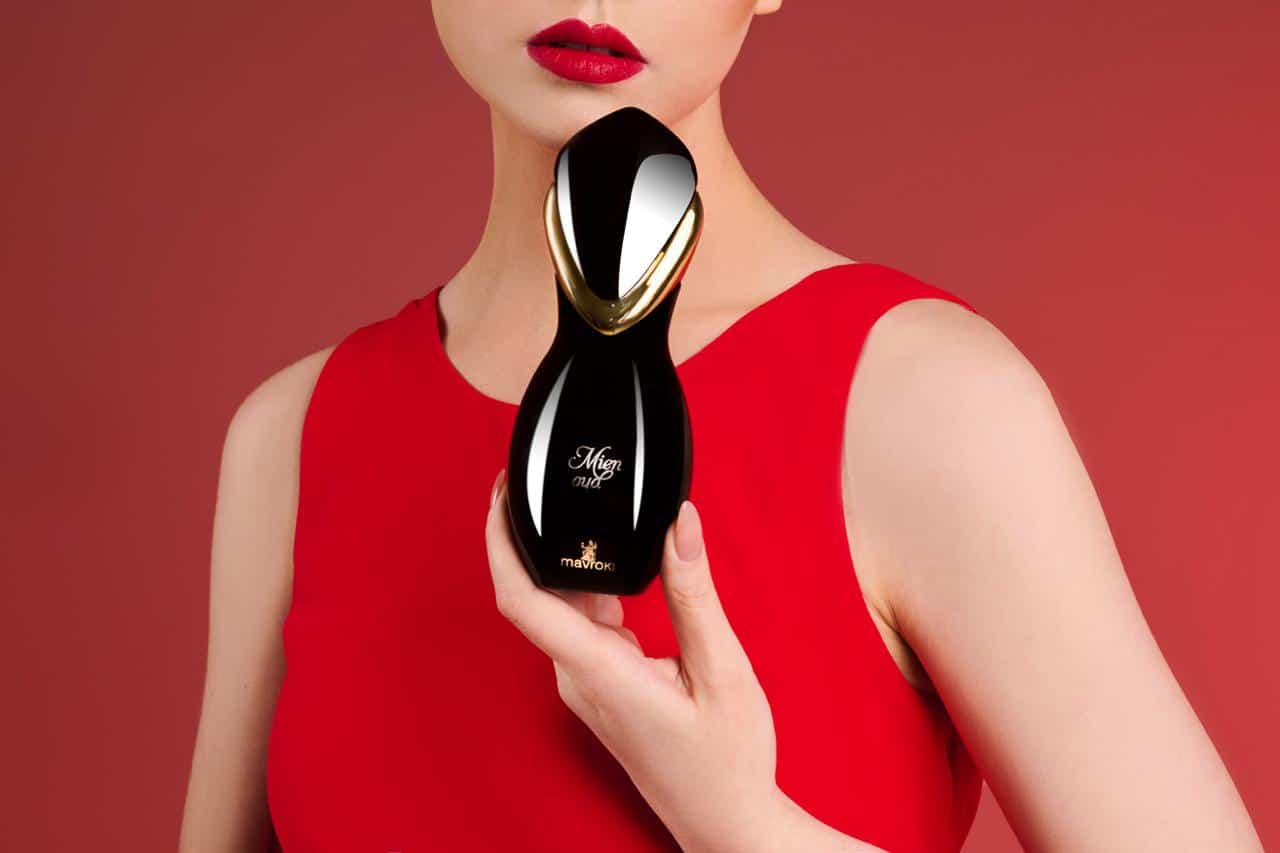طرق وخلطات فعالة لتفتيح البشرة

كل امرأه بالتاكيد تبحث عن كل الوسائل التي تزيد من إطلالتها جمالاً، خاصةً تلك الأمور التي تتعلق بالعناية بالبشرة ونضارتها.
إليكِمن أنا سلوى أفضل 3 خلطات طبيعية لتفتيح البشرة، مستخلصة من مواد طبيعية تعشقها بشرتكِ:
1. خلطة الحليب والموز لتفتيح البشرة

امزجي كوباً من الحليب مع موزة واحدة مقطّعة إلى قطع صغيرة، واهرسي حبات الموز حتى تصبح كالعجيبنة وتتماسك قليلاً مع كمية الحليب الموجوة في الوعاء. ثم ضعي الخلطة على بشرتك واتركيها حتى تجف جيداً ثم اغسلي بشرتك بالماء الفاتر وتجنّبي استخدام الصابون. طبّقي هذه الخلطة مرتين أسبوعياً ولاحظي الفرق.
2. خلطة العسل والليمون لتفتيح البشرة

امزجي ملعقتين من الليمون مع ملعقة واحدة من العسل في وعاء صغير، ثم ضعي الخلطة على بشرتك واتركيها حتى تجف قليلاً. بعدها اغسلي بشرتك بالماء البارد واحرصي على عدم استخدام الصابون مباشرة. إن لم تكن بشرتك حساسة فيمكن تطبيق هذه الخلطة لأكثر من 20 دقيقة، أمّا إذا كانت العكس قومي بغسلها بعد 15 دقيقة على الأكثر.
3. خلطة الكركم لتفتيح البشرة

منذ القدم وتستخدم ” الكركم لتحضير الخلطات الطبيعية لتبييض البشرة وجعلها تشعّ جمالاً، كلّ ما عليكِ القيام به هو مزج ملعقة صغيرة من الكركم مع قليل من الماء حتى تصبح كالعجينة اللينة ثم وضعها على البشرة وتركها حتى تجف ثم غسلها بالماء الفاتر لتحصلي على بشرة أكثر نضارة وناعمة كالحرير.






